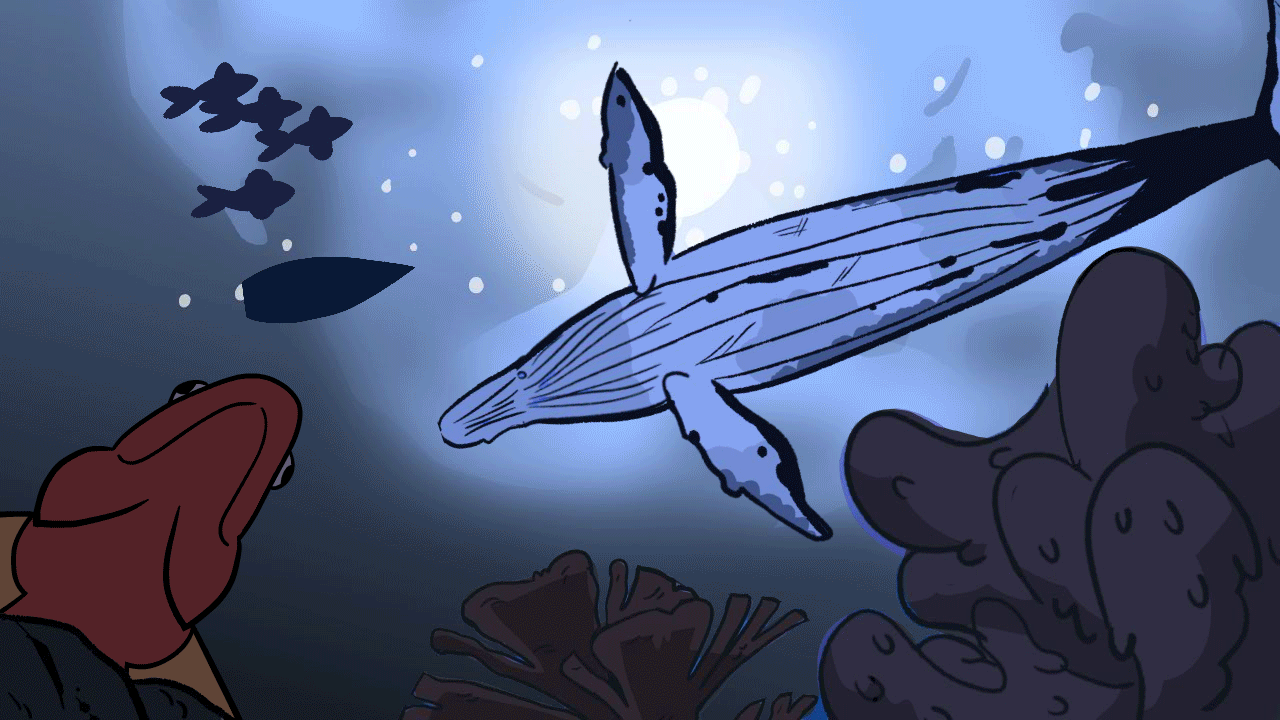Student Work
Examples of Student Course & Extra-Curricular Work
Every day I strive to provide my students with engaging and hands-on learning experiences. This work happens inside of the instructional classroom, with the collaboration of guest speakers, on field trips, and through extra-curricular opportunities. Below is a glimpse of some of this work and the outcomes speak for themselves...
PBL, STEAM, CTE & TAB Experiences
Project Based Learning (PBL) | Science, Technology, Engineering, Art and Math (STEAM)
Career and Technical Education (CTE) | Teaching for Artistic Behavior (TAB)
This page is undergoing some updates, please check back again soon for those changes.
As an art teacher, my mission is to implement arts and humanities so that it expands on other subjects school-wide. I believe the arts truly lend themselves to expanding the learning of core content classes and that they should do so on a daily basis. Integrating the arts with other subjects will combine creative engagement with content from areas such as math, science, language arts, social studies, engineering, and technology. I am interested in working with other teachers on thematic projects that require collaboration and incorporate content from across the curriculum.
Two of the PBL Projects I've Worked On:
• Annual Arts Carnival - A showcase of visual art, music, drama, and dance in the form of history-themed booths, games, and puzzles. This showcase was an ongoing event when I taught in Paris Independent Schools, where I was the only art teacher in the district. Elementary students did not get regular access to an art curriculum but this project was geared at increasing their exposure to the arts in a fun, engaging way.
• Teaching Young Girls To Code and Build 3-D Printers - this started as a project with my students while hosting STLP (the Student Technology Leadership Program). We worked to use old, donated, and broken computer parts to construct 3-D printers and provide instructions that were simple enough that elementary-age students could make their own at their home sites for free with just a little time and hands-on work. Our students worked with girls in after-school programs and STEM initiatives to see this project reach fruition and provide not only hands-on experience but new technologies to local schools.
Artwork Created By Students

Describe your image


Describe your image

Describe your image
Click the student works below for a larger preview.
Student Awards & Accolades
AP Credit
In the AP courses that I have taught over the years, students have a 97% exam pass rate and 92% and above scored a 4 or higher (out of 5)
CTE Certifications
Each year our students take multiple Adobe certification exams toward their studies. As of Spring 2021, our programs boast a 100% success rate.
Art Awards
Many students have won district and state awards and our school's art program is the winningest school in the district history.
Governor's School for the Arts
Annually students apply to this prestigious program and we have a massive success rate of acceptance for our school.
Largest Number of
Media Arts Seal of Arts Excellence
Winners for FCPS in 2025
16 Senior Recipients Overall
The Fine Arts Department in Fayette County Public Schools salutes the second group of Seal of Arts Excellence recipients. A total of 213 seals were awarded to the Class of 2025 in several arts areas, representing a high level of ability and talent.
The Seal of Arts Excellence is an honor supported by the Kentucky Department of Education to recognize graduates who demonstrate an advanced level of specialization in a visual and/or performing arts discipline.


CTE Career Catalog
The majority of the courses I currently teach are Career and Technical Education or CTE courses. I oversee our school's Media Arts and Interactive Design career pathways. Last year my students and I worked to build the CTE Career Catalog, a digital catalog of over 100 careers within the Animation, Film, Photography, Media Arts/Graphic Design, Creative Writing, and Arts Business fields. This was created to serve as a resource for our students interested in the opportunities these careers offer.
Click to view a variety of student-drawn and animated clips below.
 |  |  |
|---|---|---|
 |  |  |
 |  |  |
 |  |
Collaborative Educational Interests
• I would be interested in collaborating digital art courses with broadcasting and videography classes to create school newscasts, online webisodes promoting school events, and dynamic presentations on topics such as school safety procedures, policies, and much more.
• Drawing and Art I courses could easily collaborate with and integrate mathematics to produce artwork using fractals, geometric forms, points from a graph, and other dynamic projects.
• Classes could easily benefit from integrating more writing and composition into assignments. Students should be asked to actively speak, present, and write about their artistic processes and ideas.
• Digital art courses could collaborate with computer programming classes to create videogames, websites, and other useful online media that would allow for real experiences in digital art careers.
• Visual arts classes could easily collaborate with drama, music and other events to build sets, design props, create signs, and develop more for the student body through their classwork.
• Digital art students could also collaborate with other teachers and staff in the school. Upper-level or independent study students can serve as peer and teacher “tutors” of technology, software, and digital media. They would aid IT, staff, with troubleshooting, instruct others on using software and help with minor computer issues. Through the process of teaching, they too would learn and grow in digital media.
































































